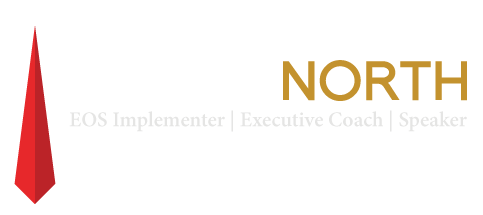Running an effective meeting- turn a time suck into productive time
Are your meetings a dreaded time suck or an enjoyable, productive collaboration? When summarizing a meeting, have you ever heard, “What a waste of time!” “That was boring!” or “Please shoot me if I have to go to another meeting like that!” Those types of meetings are not only a waste of time, they’re also demotivating!
After the basics of how to run an effective meeting.
After you learn the basics of conducting an effective meeting try these nine unusual strategies to create killer meetings — highly productive meetings that people love: read on …
1. Don’t have a meeting. If it’s essential, hold it only as long as needed. Also include just those who must be involved.
2. Stand or walk. When you can, meet standing up. You cut to the chase … and burn extra calories in the process! Walking leisurely shoulder-to-shoulder for one-on-one meetings can also be extremely effective, especially when you have a difficult subject to discuss with a man. It’s deeply rooted in men’s DNA that a close face-to-face interaction is either an attack or a sexual advance, so they’re much less defensive shoulder-to-shoulder.
3. Think like an orchestra conductor. Conductors are in charge of the tempo, tone, crescendos and who plays at any given time. The conductor creates the feel, emotion and tone of the notes played. Meeting leaders need to pay attention to all of these to maximize a team’s effectiveness.
4. Keep score. Remember Pearson’s Law: “That which is measured improves. That which is measured and reported improves exponentially.” If a team meets on an ongoing basis, at the end of each meeting, summarize commitments to action items made during the meeting. Then, in the meeting when the action item is due, have the progress reported to the team. If you keep track of the action items that are completed on time, you’ll notice that the percentage will often increase to more than 90 percent, a characteristic of a high-performance team.
5. Maintain your parking lot. When topics arise during your discussion but aren’t the meeting’s priority, put them in the parking lot. The parking lot is an ongoing list of important topics that the team may address in future meetings. Check your parking lot when developing future meeting agendas.
6. Celebrate. What do athletes and sports teams do when they win? They celebrate. Most sports teams, like football, soccer and baseball, celebrate every time they score as well as when they win games. Do your business teams celebrate their successes? We in business aren’t as good at celebrating our scores or our wins. If you want to have excited teams with loyal members – celebrate successes. We always begin my Fearless Leaders™ forums with each member’s biggest wins for the month. It connects and energizes all of us and is always a meeting highlight. (Click here for more information on the forums.)
7. Consciously create a team culture. Implement a set of guidelines/commitments for your meetings. Here’s a list of six basic guidelines for all team members: Each team member commits to:
- Start and end on time.
- Participate fully. State your opinion; don’t be a dysfunctional water cooler gossiper.
- Take 100 percent responsibility for the team’s success and failures, not just your percentage.
- Be honest and constructive. State your thoughts with emotional intelligence.
- Come prepared. It’s frustrating and demotivating when preparation is expected and not completed. One high-performance characteristic in both business and sports is preparing more thoroughly than others.
- Engage with respect. Listen, don’t interrupt, paraphrase what others say and appreciate different perspectives. Attack and solve problems, not people. Tempers are triggered when people feel attacked. For example, a team member named John proposes a solution to a problem the team is working on, but you disagree with it. An attacking statement would be something like, “I totally disagree with John’s perspective. …” A mindful disagreement focuses on the problem, not on John. It could be something like, “John, that’s an interesting perspective. Here’s another solution for solving this …” For more on creating high-performance cultures, click here.
8. Laugh up your creativity. Most meetings are committed to improving or fixing something. Want more creative solutions? Research indicates the more you laugh, the more creative you become. Make your meetings enjoyable or fun and you’ll increase creativity.
9. Value all processing speeds. This takes us back to being the conductor. Conductors value all orchestra instruments and understand how each enriches the music. Meeting leaders need to give enough time to those who process deeply and slowly so they can digest information and provide their perspective. They may greatly enrich the conversation and improve solutions in ways others can’t. Team members who process quickly are also highly valuable because they keep things moving and provide a plethora of ideas for others to consider. Each instrument, every voice, is a valuable and unique contribution.
If you’re a high-performance leader who runs killer meetings (highly effective meetings), you’ll attract great colleagues and fast-track your career.


